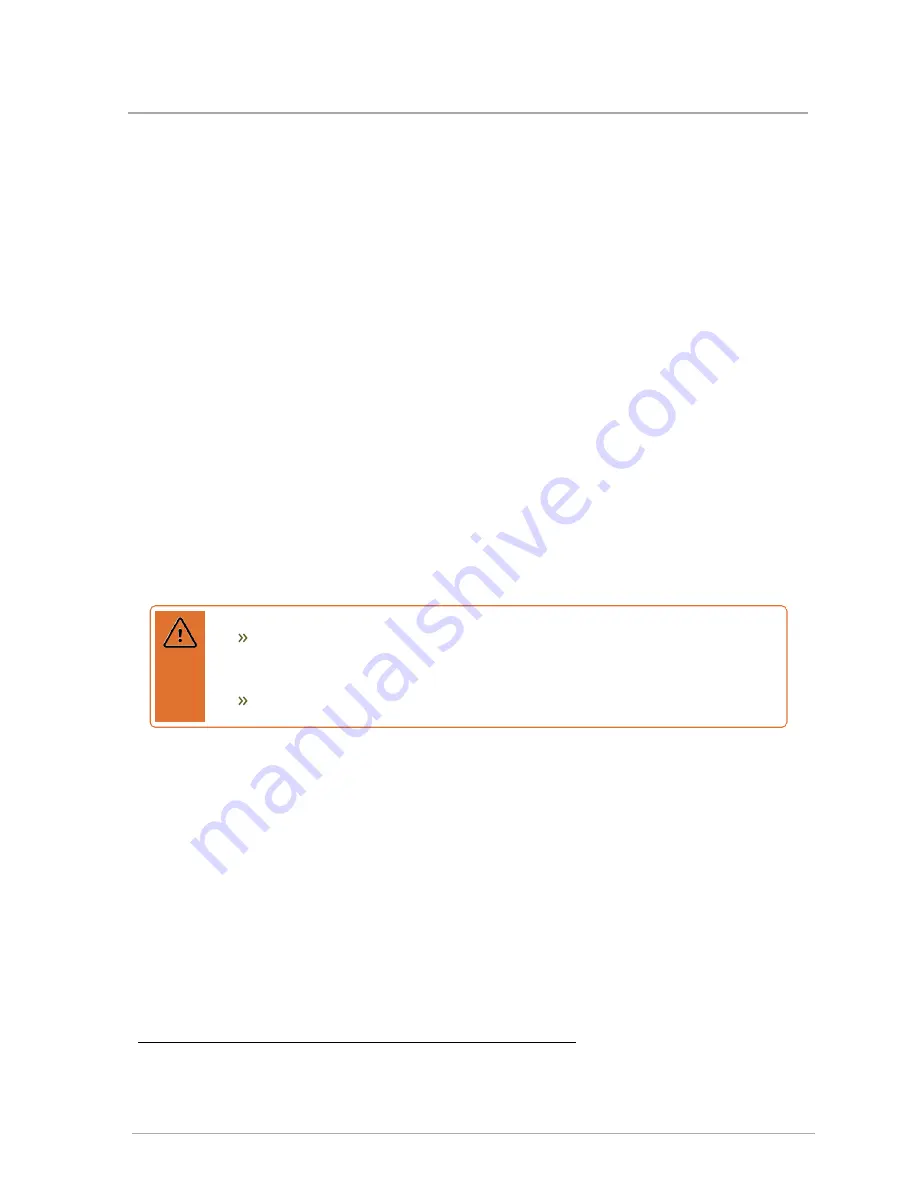
3.7.1 Venting code
All venting must be installed in accordance with the requirements of the jurisdiction having
authority: in Canada, Part 8, Venting Systems of the CAN/CSA B149.1 Code and any other local
building codes are to be followed. In the USA, the National Fuel Gas Code, ANSI Z223.1/NFPA
54, latest edition prevails. Where there is a discrepancy between the installation instructions
provided and the code requirements, apply the more stringent.
3.7.2 Venting options
These appliances are approved with alternative venting options: either 2-pipe direct vent or vent
pipe with indoor air. With direct vent, combustion air is piped directly to the boiler’s air intake from
outdoors. Using the indoor air alternative, air for combustion is drawn from the indoor air
surrounding the boiler.
Provided the maximum overall vent length limit is not exceeded, the boiler may be vented through
the wall, directly through the roof, or upward using an existing, but otherwise unused, chimney as
a vent raceway.
3.7.3 Exhaust vent material
Warnings
Condensate can cause corrosion of metal roofing components and other roofing
materials. Check with the builder or roofing contractor to ensure that materials
are resistant to acidic condensate. pH levels can be as low as 3.0.
Covering non-metallic vent pipe and fittings with thermal insulation is prohibited.
Exhaust vent material – Canada
Use PVC, CPVC, or Polypropylene (PP) vent component systems approved under ULC-S636
Standard for Type BH Gas Venting Systems, or stainless steel Type BH venting systems
1
. ULC-
S636 components are certified as systems including pipe, fittings and cement/primer for
PVC/CPVC and must be installed in strict accordance with manufacturers' instructions. The vent
temperature is limited by the boiler controller with the use of a flue temperature sensor to ensure
the maximum temperature of the PVC venting material is not exceeded.
Exhaust vent material – U.S.A
PVC, CPVC, or PP venting materials are approved for use with these boilers in most of the USA.
Check local codes to determine if any materials are prohibited. The vent temperature is limited
1
Manufacturers of stainless steel Type BH venting systems must submit their approved transition fitting to IBC for evaluation and written
approval.
21
3.7.1 Venting code
Summary of Contents for SL Series
Page 8: ...Intentionally left empty...
Page 12: ...Figure 5 Top view SL 40 399 G3 Figure 6 Bottom view SL 40 399 G3 8 Section Specifications...
Page 14: ...Intentionally left empty...
Page 64: ...Figure 40 Electric wiring connections 60 Section Installation...
Page 76: ...Intentionally left empty...
Page 96: ...Intentionally left empty...
Page 108: ...Intentionally left empty...
Page 110: ...Internal wiring diagram Figure 46 Internal wiring diagram 106 Section Appendices...
Page 111: ...Sequence of operations Figure 47 Sequence of Operation 107 Sequence of operations...
















































